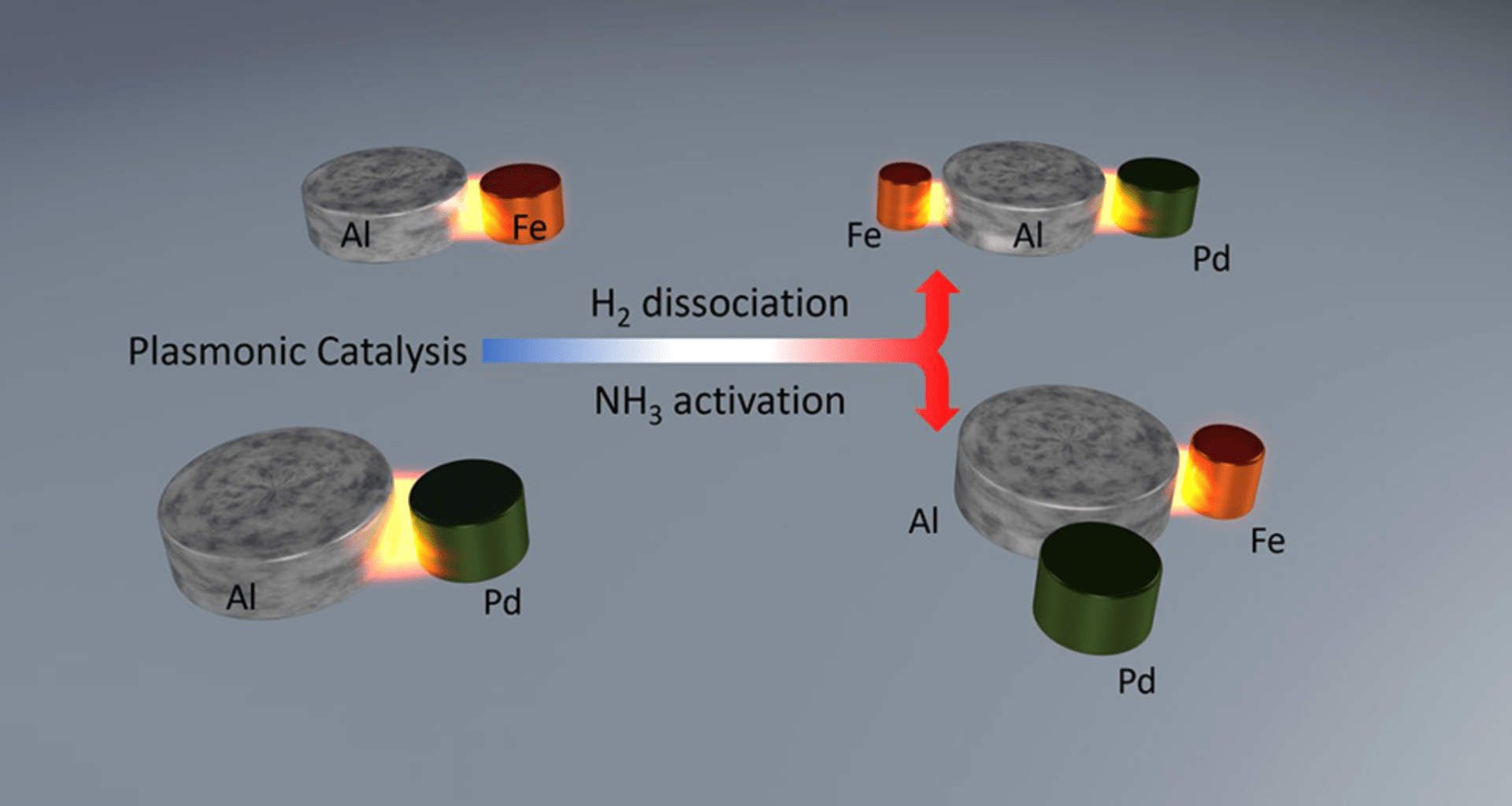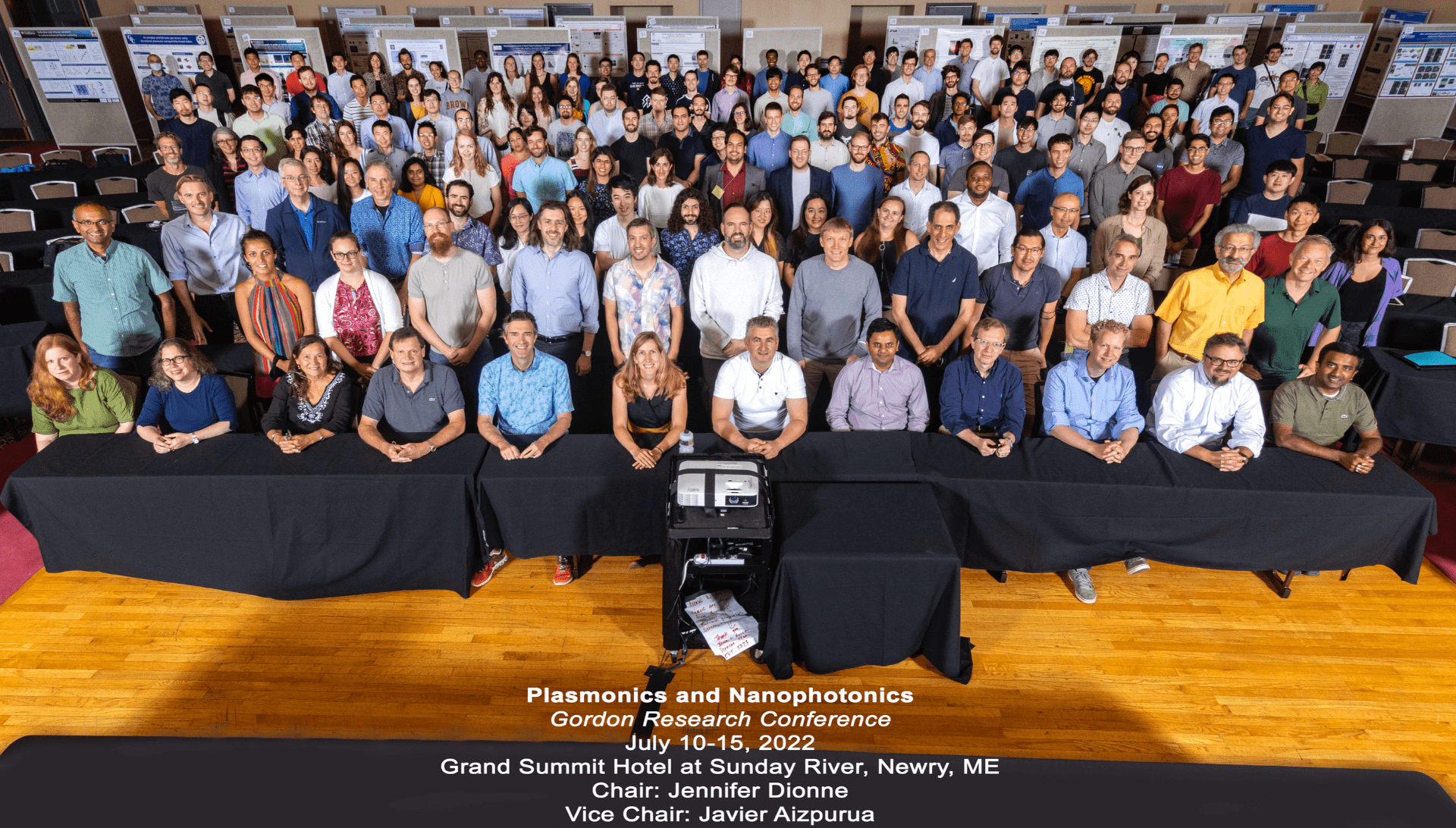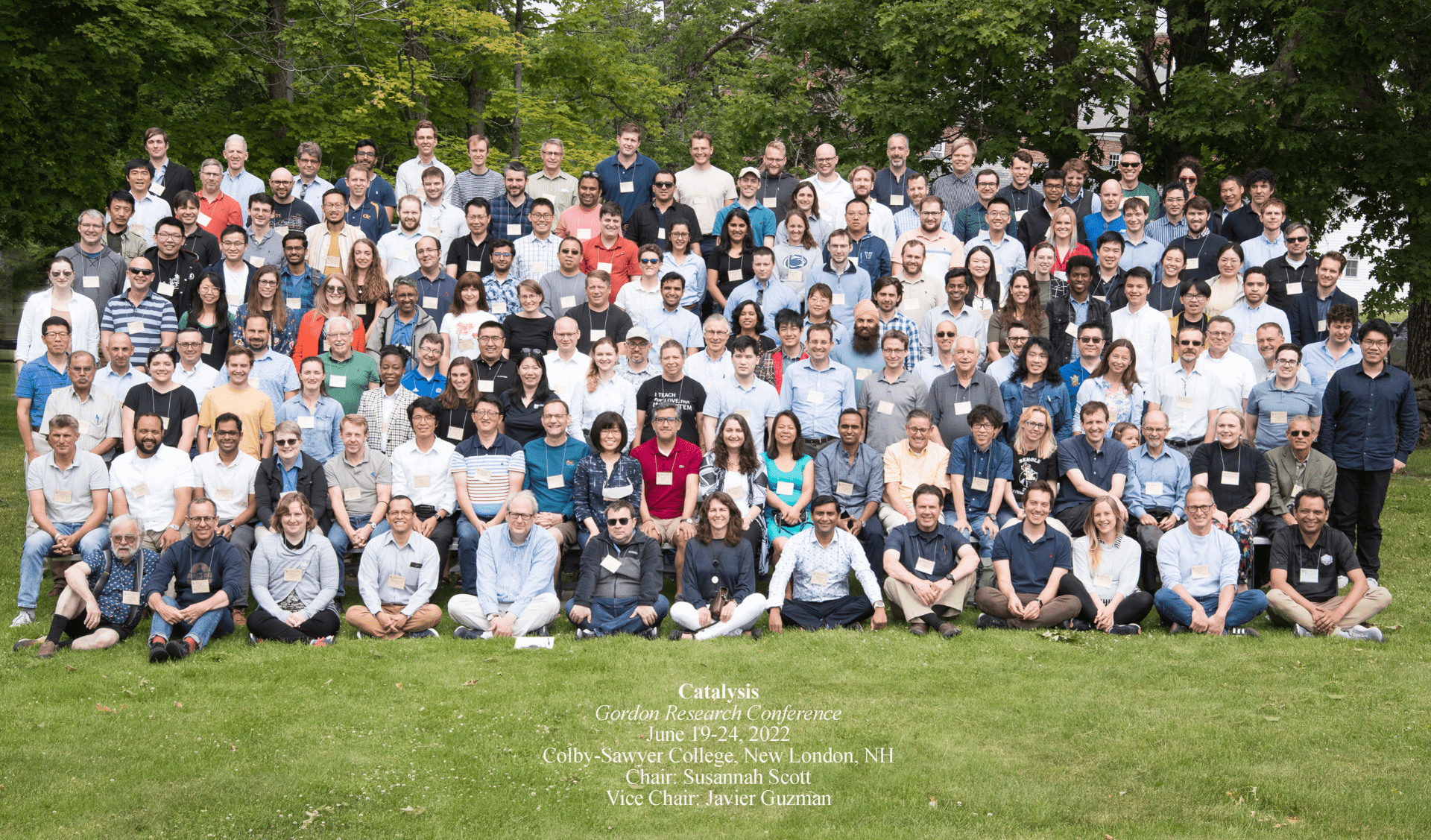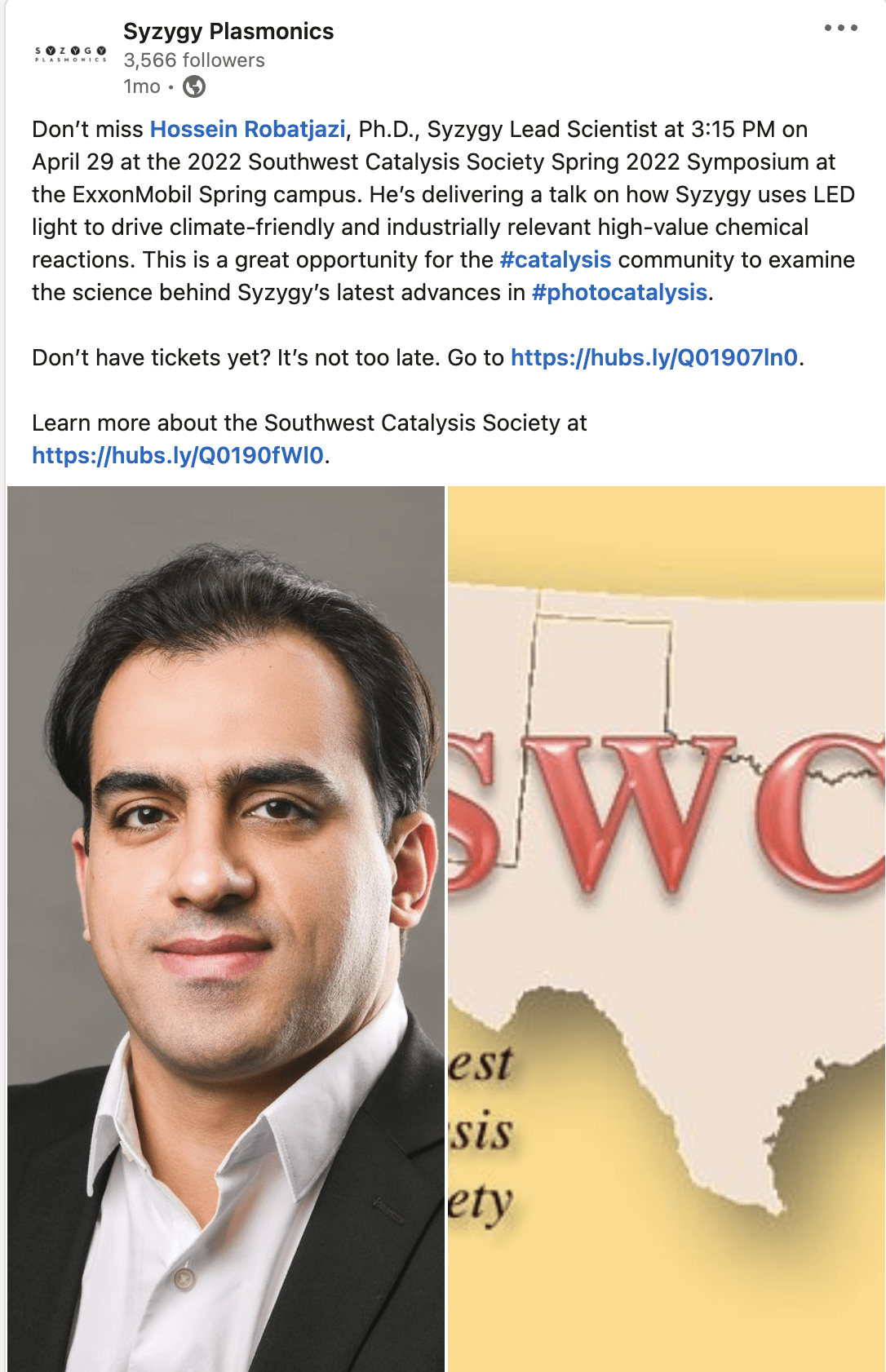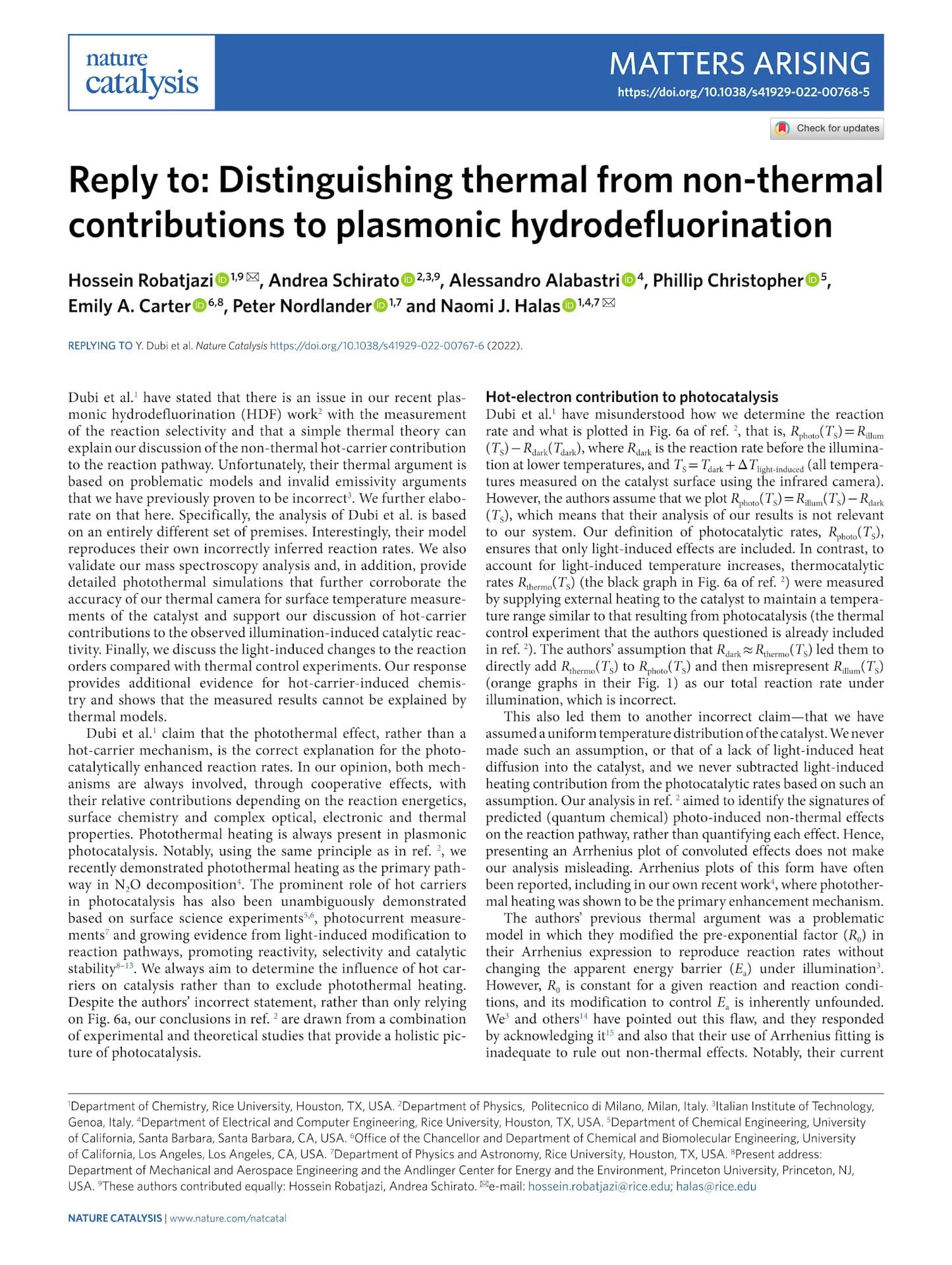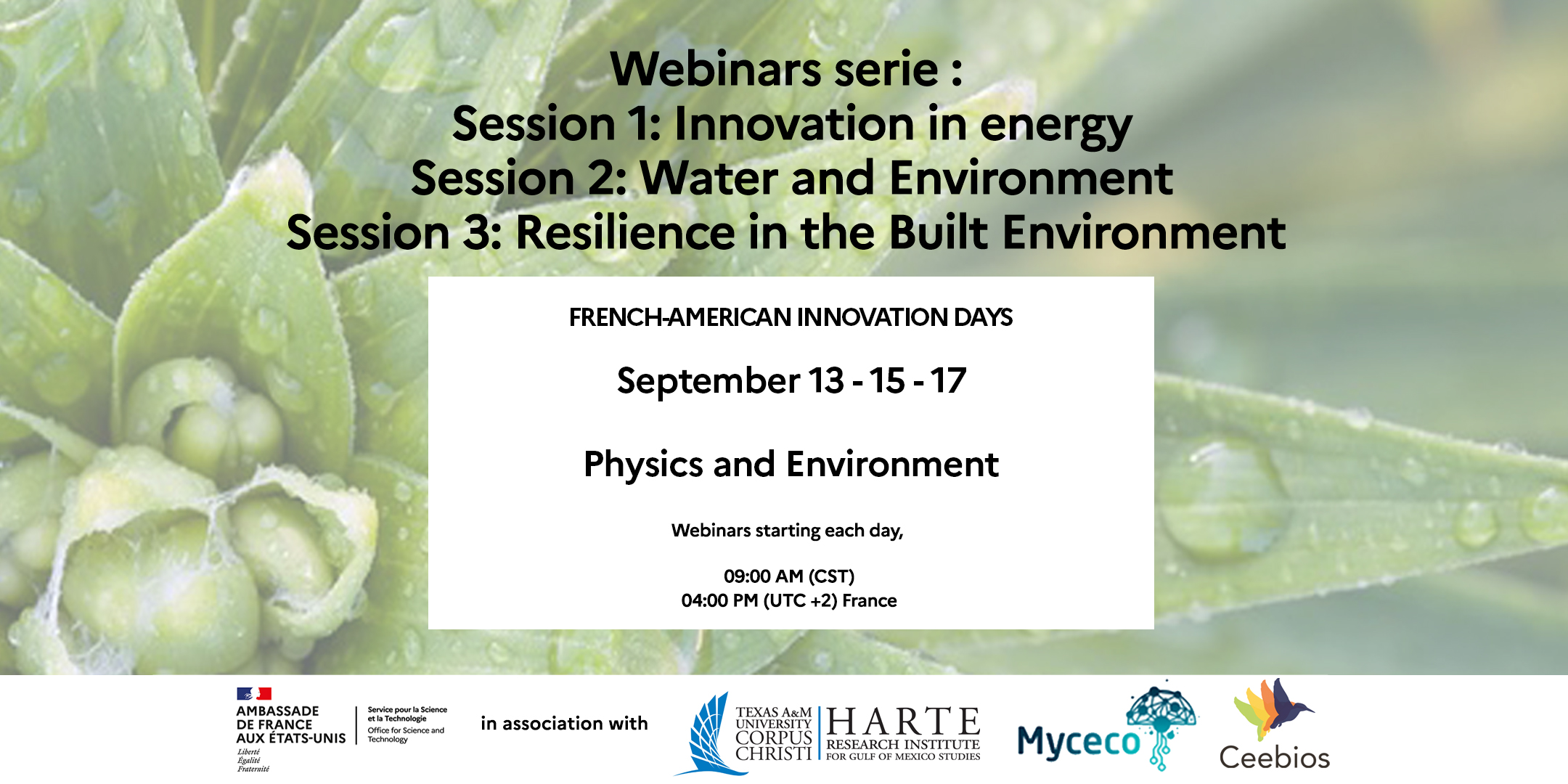Chemically and spatially specific antenna–dual reactor photocatalyst
Our paper on “Plasmonic Photocatalysis with Chemically and Spatially Specific Antenna–Dual Reactor Complexes” is published online at ACS Nano.
In this work, we investigate the influence of the spatial coupling of the two chemically distinct Pd and Fe reactor nanodisks relative to the central planar Al nanodisk fabricated in 90° and 180° trimer configurations on the outcome of the photocatalytcially driven chemical reaction. Our results reveal that light-driven chemical reactions can be performed with both chemical and spatial control of the specific reaction steps, demonstrating precisely designed antennas with multiple reactors for tailored control of chemical reactions of increasing complexity.
